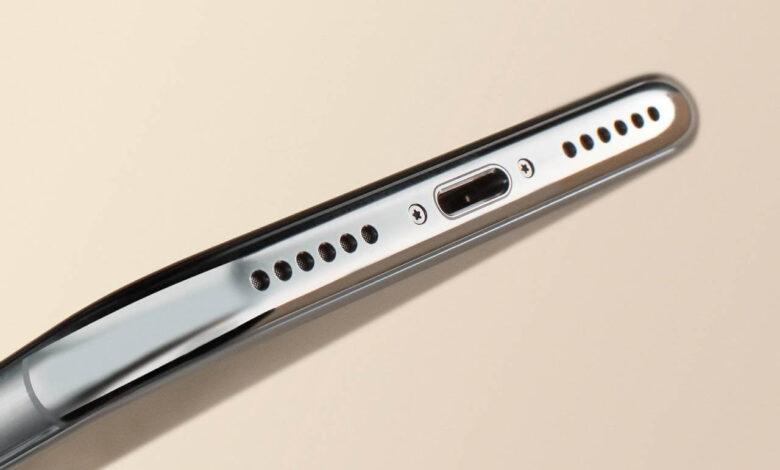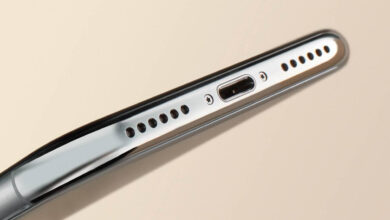Why Is My Phone Speaker So Quiet? Understanding and Fixing Low Volume Issues

Having trouble hearing the latest tunes or podcasts on your phone? It might seem puzzling when your phone speaker starts emitting sound at a lower volume than before. A quiet phone speaker can be frustrating, but there are various common factors that could be causing this issue. Whether it’s a sudden change or a gradual decrease in volume, understanding why your speaker isn’t performing as it should is the first step toward fixing the problem.
Your phone’s audio output can be affected by hardware or software issues. On the hardware side, debris or dust clogging the speaker grills can muffle the sound. Alternatively, if your phone has recently taken a tumble or been exposed to moisture, the speaker components could have sustained damage. On the software front, settings within your device might have been accidentally adjusted, or a recent update could be interfering with the audio performance. Identifying the root cause is crucial to resolving the issue and getting your sound back to normal.
Common Causes for Quiet Phone Speakers
In diagnosing your phone’s quiet speaker, it’s important to consider several potential factors, from the physical state of the speaker to software configurations.
Accumulated Dust and Debris
Over time, dust and debris can collect on your phone’s speaker grill. This buildup can obstruct sound waves, leading to muffled audio output. Regularly cleaning the grill with a soft brush can help maintain clear sound.
Software Issues
Various software settings can impact speaker volume. Ensure volume levels are appropriately set and check if silent modes like “Do Not Disturb” are activated. Also, inspect if a paired Bluetooth device is redirecting sound.
Speaker Hardware Damage
If your phone has been dropped or exposed to liquid, the internal speaker components may be damaged. This type of damage can degrade the quality of sound output and may require professional repair.
Age and Wear
The speaker’s performance can diminish over time due to normal aging and usage. Electronic components can wear out and affect the speaker’s ability to produce sound at the designed volume.
Troubleshooting Steps
If your phone speaker volume is unexpectedly low, the following steps can guide you through addressing common issues that may be affecting the sound quality.
Checking Sound Settings
First, verify that your sound settings are not inadvertently set to low. Navigate to Settings > Sound on your phone and adjust the volume levels accordingly. Also, ensure that Do Not Disturb mode is deactivated as it can mute your sound.
Cleaning the Speaker
Dirt and debris can clog your phone’s speaker grill which would hinder sound projection. To clean, gently use a soft brush to remove any visible obstructions, enhancing the speaker’s sound clarity.
Restarting the Phone
Occasionally, software glitches can affect speaker volume. Restart your phone to reset the sound system. Press and hold the power button and select Restart from the options.
Disabling Bluetooth
If Bluetooth is enabled, your phone might be connected to an external device. Swipe down from the top of your screen to open the quick settings panel and tap the Bluetooth icon to disable it.
Updating Software
Make sure your phone is running the latest software. Go to Settings > System > System Update to check for updates. Installing the latest version can resolve any bug-related audio issues.
Removing Phone Cases
Some phone cases may obstruct the speaker and reduce sound output. Remove the case and test the speaker volume to see if there’s any improvement.
Running Diagnostic Tests
Perform a diagnostic test to check for hardware issues with the speaker. Some phones include built-in diagnostics, or you may use external services to eject water from your speakers if they’ve been exposed to moisture.
Professional Repair and Service
If your phone speaker’s low volume isn’t resolved through troubleshooting, seeking professional help is your next best step. Here’s what you need to know when it comes to professional repairs.
Seeking Expert Help
When DIY fixes don’t work, it’s time to consider a trip to a certified repair center. An expert technician can diagnose issues that aren’t immediately apparent, such as internal circuitry problems or speaker calibration. Your phone’s manufacturer or a recommended service partner will have the right tools and expertise to accurately identify and resolve the underlying issue with your speaker.
- Diagnosis: Get a professional to diagnose the issue.
- Specialized Tools: Technicians use proprietary tools for accurate repairs.
- Genuine Parts: Ensure replacement parts are original and of high quality.
Warranty and Out-of-Warranty Options
Your approach to professional repair depends on whether your phone is under warranty or not.
-
Warranty Service: If your phone is still under its original warranty, repairs or replacements may be covered at little to no cost to you. Check your warranty status and the terms before proceeding.
- Check Coverage: Confirm warranty status via the manufacturer’s website.
- Service Centers: Visit authorized service centers recommended by the manufacturer.
-
Out-of-Warranty Service: For phones not under warranty, consider the cost of repair versus replacement.
- Cost Assessment: Request a quote to understand the financial implications.
- Third-Party Repairs: Independent shops may offer more affordable rates, but verify their credibility.
Always opt for authorized repair centers to ensure your phone’s integrity isn’t compromised, and remember to back up your data before servicing.
Preventative Measures and Maintenance
Taking care of your phone’s speaker is essential to maintain its clarity and volume. Regular cleaning and maintenance can prevent many common audio issues.
Routine Cleaning
To keep your phone’s speaker performing well, regularly remove any built-up dust or dirt. Use a soft, dry toothbrush or a specialized electronic cleaning brush to gently brush the speaker grills.
Using Protective Cases
Choose a protective case that doesn’t obstruct the speaker grills. This can help reduce the accumulation of debris and protect your speaker from drops or impacts that can damage the audio components.
Avoiding Moisture and Water Damage
Keep your phone away from water and high humidity environments. If your phone is water-resistant, still be cautious as moisture can degrade the speaker’s ability to produce clear sound over time.
Regular Software Updates
Always update your phone’s software when updates are available. Updates can fix bugs and improve performance, including audio output.
Safe Listening Practices
Keep the volume at a safe level to avoid damaging the speakers. Excessive volume over long periods can strain the speaker components and reduce sound quality.
